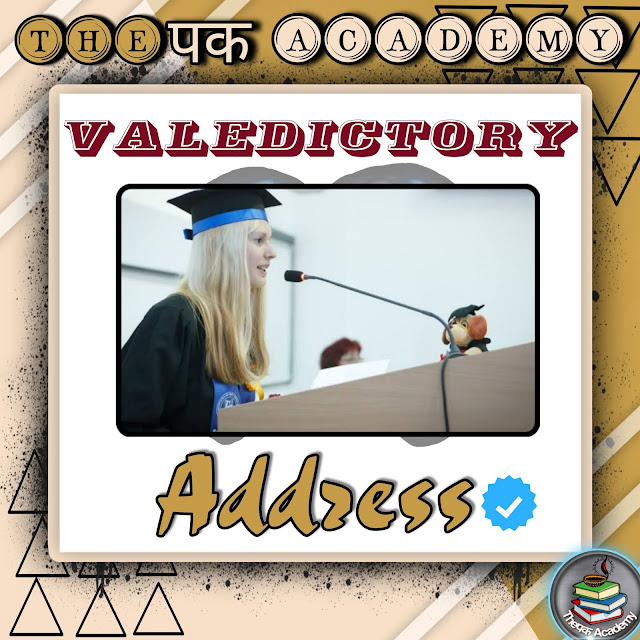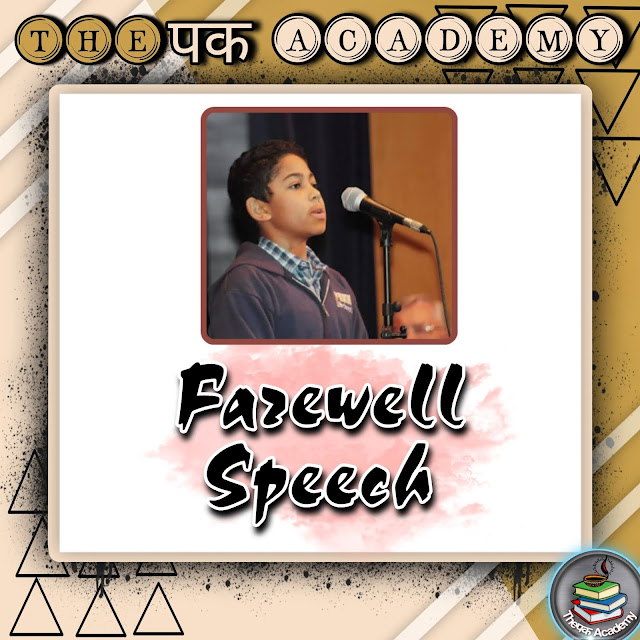- Non woven is one type of fabric that is not made by weaving or knitting of interlacing of yarn.
- Non woven are not used on yarn and do not contain yarns.
- In other words, non-woven are made from fibrous webs bonded together by either mechanical entanglement, thermal fusion, by forming chemical complexes or by using resin/adhesives.
-:Process:-
1. selection and preparation of fabric
2. Web formation
3. Web bonding
4. Finishing
1.1. Selection and preparation of fabric:-
The first step in the production of a non woven is the selection fibre with suitable specifications depending on the end use of the fabric. Both filament and staple fibre fibres can be used any they can be natural, man made or of mineral origin.
1.2. Web formation:-
The next step is the arrangement of fibres/filaments in a sheet or web. While the dry-laid and we-laid technique are generally used for short staple length fibres, spun-laid and meltfilaments fibres.
1.Dry - laid :-
There are two types of techniques of form dry - laid web:
Carding, air-laying
Carding:-
Cording is a mechanical process of forming a web. After opening and blending, the fibres are converted to the carding machine by air transport. The fibres are then combed into web by the carding machine.
Carding webs can be two types:
- Parallel - laid web
- Cross - laid web
1. Parallel - laid web:-
The fibres are passed through a carding. Machine which puts them in parallel alignment. Thin web of parallel fibres are laid overeach other to form multilayer webs. This produces fabric that has high lengthwise strength but low crosswise strength. In woollen or worsted card is used on account of its greater flexibility and productivity.
2. Cross - laid web:-
The webs are criss crossed successively over each other. The fabric has greater crosswise strength than the parallel - laid web type.
1.3. Air - laid web:-
In this process, the fibers are suspended in air within a forming system and deposited on a moving forming screen or rotating perforated cylinder. The randomly oriented air - formed batt is bonded together with heat, glued with a coating of adhesive or held together by mechanical entanglement, usually involving needles that grab the fibres and pull them through the web. Air laid non - wovens are highly absorbent fabrics. Wet and dry wipes and absorbent cores for hygiene products are two uses for air laid non-wovens.
1.4. Wet - laid web:-
Fibers are mixed with chemicals and are processed through beaters & pullers to pass through a wire screen. The wet - laid non - woven process is a fiber forming process, and wet - laying takes place bet ween the head box and the forming wire. In this area, the fibers are suspended in water slurry and deposited on a moving screen. The water drains out and a fiber web is formed. The wet - laid web is further dewatered, consolidated, by pressing between rollers, and dried. Wet - laid web forming allows a wide range of fibre arientation. Wet - laid non - wovens are developed and manufactured for products such as filters, tea bags, wallpaper, hygiene products, medical wrap and drapes, wipes, food packaging, etc.
1. Continuous filaments web
Spun laid in this polymer granules are melted and molten polymer is extruded through the spinneret. After the extrusion of the filaments from the web. A high temperature is maintained at this stages so that the fibres do not solidify completely leading to sticking of the filaments with one another as they criss cross on the belt. The spun - laid non woven tend to have low bulk and high tensile and tearing strength, they are used for numerous industrial application such as protective clothing, filters, geotextile.
2. Melt-blown
In melt - blown web formation, low viscosity polymers are extruded in a high velocity airstream through the spinneret. This scatters the melt, solidifies it and breaks it up in to fibrous web. Surgical face masks, surgical towels, operating room drapes and gowns, industrial wipes, wrappings etc.
3. Web Bonding
Bonding plays an important role when manufacturing non-woven the loose conesion of the fibers is treated in one or more steps - to form a more solid type of web, the non woven.
Generally speaking we distinguish between three different technologies,thermal , chemical and mechanical. The selection of the bonding technology is decisive for the features and the applications of the non-woven.
1. Mechanical Bonding
- In mechanical bonding the strengthening of the web is achieved by inter - fibre friction as a result of the physical entanglement of the fibres. There are two main type of mechanical bonding.
- Needle punching, specially designed needles are pushed and pulled through the web to entangle the fibres. Webs of different characteristics can be needled together to produce a graduation of properties difficult to achieve by other means. Needle punching can be used with most fibre types but, because of the nature of the process, not with very fine fibers.
- Hydroentanglement is commonly applied carded or wetlaid webs and uses find, high pressure water jets to cause the fibres to interlace.
2. Chemical bonding
- Chemical bonding refers to the application of a liquid - based bonding agent to the web. Three groups of materials are commonly used as binders - acrylate polymers and copolymers, styrene - butadiene copolymers and vinyl acetate ethylene copolymers. Water based binder systems are the most widely used but powdered adhesives, foam and in some cases organic solvent solutions can be found.
- The binder can be applied in many ways. It can be applied uniformly by impregnating, coating or spraying or intermittently, as in print bonding.
3. Thermal bonding
- This method uses the thermoplastic properties of certain synthetic fibres to form bonds under controlled heating. In some cases, the web fibres itself can be used, but more often a low melt fibre or bicomponent fibre is introduced at the web formation stage to perform the binding function later in the process.
There are several thermal bonding systems in use:
- Calendaring uses heat and high pressure applied through rollers to welt the fibre webs together at high speed.
- Through - air thermal bonding makes bulkier products by the overall bonding of a web containing law melting fibre. This takes place in a carefully controlled hat air stream.
- Drum and blanket systems apply pressure and heat to make products of average bulk.
- Ultrasonic bonding is a technology in which molecules of the fibres are being excited under a patterned roller by high frequency movement of a sonotrode which produces internal heating and softening of the fibres.
Thanking you for read my blog 😁😁
Written by- Rashmi
Read More:-









































